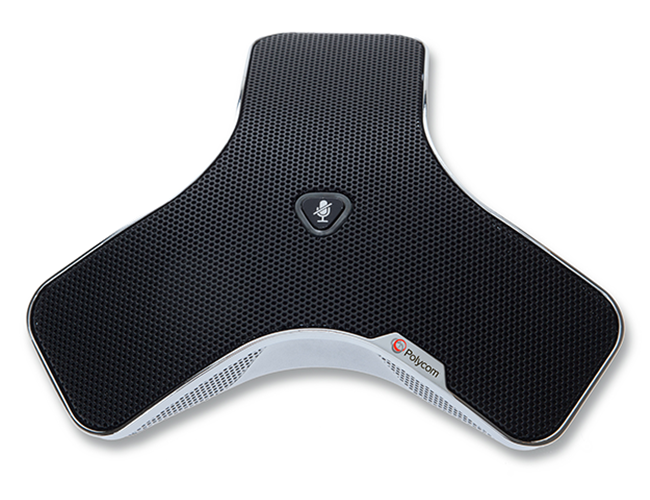MSc thesis project proposal
Acoustic transfer function estimation for beamforming applications
In many beamforming applications, it is crucial to know the acoustic transfer function ATF of the source of interest. The ATF basically represents the impulse response from the source to the microphones in frequency domain. Given the ATF, the beamformer can steer its response in the right direction. In case there is one acoustic source present in background noise it is possible to estimate its ATF by calculating the generalised eigenvalue decomposition (GEVD) between the noise and noise+target correlation matrix. However, this requires these two correlation matrices to be known. In practice, however, these are unknown and have to be estimated. This will lead to estimation errors affecting the final beamforming performance.
Within the topic of ATF estimation for beamforming, there are several assignments that can be formulated.
- Can we optimise the ATF estimation performance as a function of amount of 1) time frames available to estimate the correlation matrices 2) a selection (segmenteation) of time frames in order to take only these frames into account where the sources position is invariant with respect to position 3) quantisation noise (in case of a wireless acoustic sensor network (WASN)).
- In case multiple point sources are present. Can we identify the individual ATFs of the sources?
- Usually sensors have to be calibrated with respect to their internal clock (in WASNs) and their response. How do differences in clock and sensor response affect the ATF estimation performance?
Contact
dr.ir. Richard Hendriks
Signal Processing Systems Group
Department of Microelectronics
Last modified: 2019-10-04
